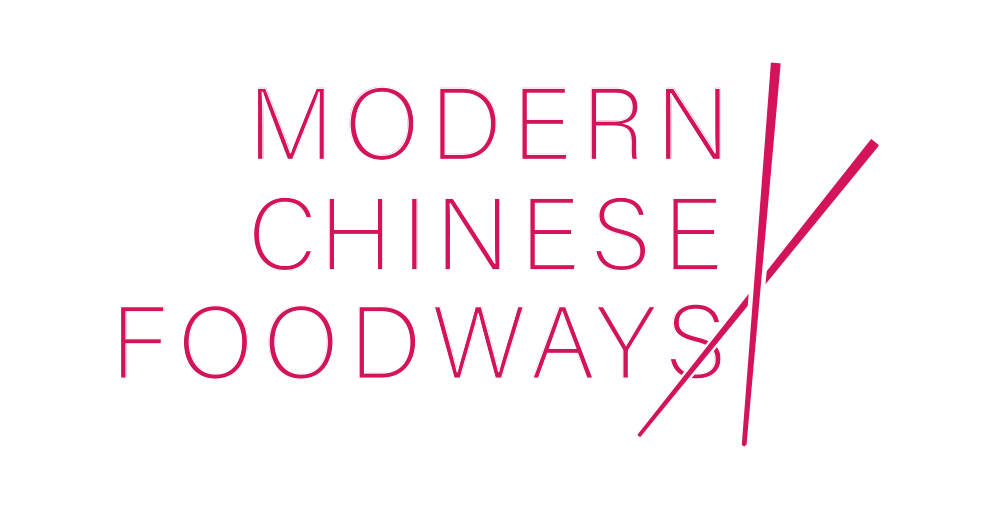ABSTRACT
INTERVIEW
What is the central question you address in the paper and what is your answer to it?
Food and politics are never more entangled than the emergence of Chinese food practices and Australian immigration laws. The White Australia Policy of 1901, its amendment in the 1930s and its abolition in 1973, post-World War II, the Tiananmen Square protest, and other political developments – all had consequences for the Chinese restaurant trade in Australia.
What is the most interesting detail that you encountered in formulating the paper?
Enduring love for Chinese food among white Australians. Even now with the great diversity of cuisines available in dining out venues and availability of ingredients in retail shops, the default for ordering casual meals is “Chinese comfort food” in suburban Chinese restaurants and food courts. Chicken chow mein, chop suey and sweet and sour pork were the mainstays in the earlier years. Chop suey, though, has fallen by the wayside. Sweet and sour lurid-orange dishes in sweet sticky sauces were the epitome of Chinese cuisine for many Australians. The fondness for Chinese food is ironic with the blatant anti-Chinese rhetoric in the early decades of settlement and the subtle and sometimes not so subtle racism in contemporary Australia.
What contributed to the decline of Chop Suey?
It is uncertain why Chop Suey has declined in popularity over the years – so much so that hardly any restaurant or café menu features it. I doubt if families prepare it at home. The Chinese at home would not cook Chop Suey as Westerners term it; and, as there are hardly any modern-day cookbook that list it, Anglo-Australians would not attempt to cook it either. On the other hand, almost anyone who cooks Chinese/Asian meals would prepare some form of stir fry vegetables with bits of meat, seafood, or chicken. It may come down to only the disappearance of the name of a dish, Chop Suey, rather than the dish itself. Over the decades, other Asian cuisines, including Thai, Vietnamese, Indonesian, Filipino, Korean, and Japanese have emerged in Australia, and so there are so many variants of stir-fried vegetables and meat around. Perhaps this has contributed to the irrelevance of Chop Suey?
How did Australians manage to maintain a cosmopolitan disposition in the culinary field and at the same time succumb to xenophobia in the case of Chinese and Chinese food?
The fondness for travel to other countries by both young adults, the middle-aged, and retirees have exposed many Australians to other cultures and cuisines. The several waves of migrants, of Europeans after the two world wars, the Asians after the end of the White Australian Policy to the tens of thousands of refugees from Southeast Asia, Africa and South America have contributed to the importation of new foods and ingredients as well as the establishment of restaurants and cafes. In addition, the annual cohort of international students, most notably from Asia, have turned areas near campuses into hubs of dining out for different cuisines. Generally, Australians are adventurous eaters too. At any food court, for instance, you will find young strapping Australian men and women wielding chopsticks over dumplings or slurping laksa.
I guess more research needs to go into the conundrum of why a person would harbor racist attitudes towards another community and yet enjoy the food of that community. Racism in its simplest form is the feeling of superiority over another group in terms of intellect, cleanliness, sophistication in taste, etc. Put simply, it’s like saying, “I am really better than you in so many ways, but I like your food.” I need to do more research on this!
Considering the literature on how the culinary field is also infused with (racial) politics, have there been attempts by the Chinese immigrants to assert their “Australian-ness” through the prevailing fondness for Chinese food? (Something like Chinese immigrants are part of the nation because they feed the people “Chinese comfort food”?)
I don’t think there’s any conscious attempt by the Chinese to assert their Australian-ness through providing Chinese food to the wider community. In fact, I would argue that it is the other way round. The Chinese would feel, perhaps mistakenly (for reasons above, regarding racism) that “oh, these Aussies like our Chinese food, they must like us and will accept us more”.
How does your paper resonate with other people’s and/or your own research in the field?
My earlier research was on British colonial food history in Asia, and it was only in the past few years that I have started researching on Chinese food in Asia and Australia. And so I feel that I am only dipping my toes in the vast cauldron of research that has been conducted by so many esteemed researchers on Chinese food. I have not researched sufficiently to see how my work parallels or contradicts others’. More research is required!
